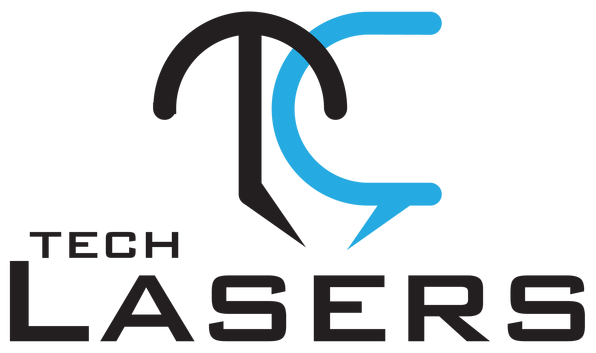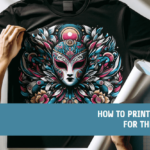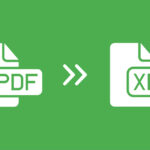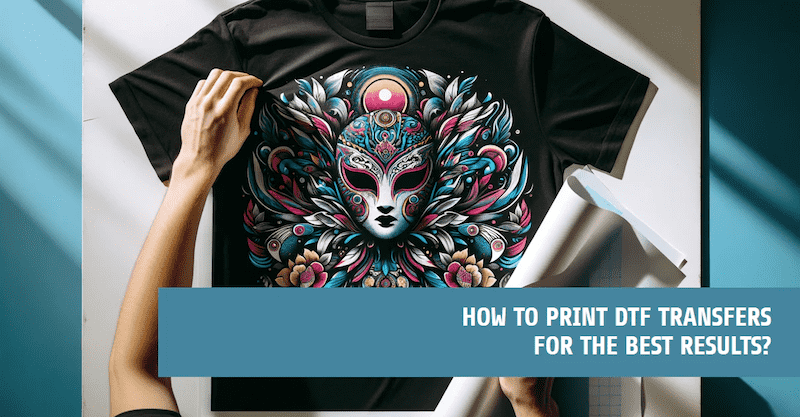What Is DTF and Why Is It Gaining Popularity?
The rise of Direct-to-Film (DTF) transfer technology has been nothing short of transformative for the custom apparel sector. This innovative approach enables designers and apparel creators to produce intricate, eye-catching graphics on a wide variety of fabrics, with minimal setup time and less technical expertise required. Whether you’re running a thriving business or just starting your creative journey, DTF opens up new possibilities that previously belonged only to established print shops with large production capacities. Its surge in popularity is owed mainly to the speed, detail, and flexibility it delivers, making it possible to fulfill both large custom orders and single personalized items with equal efficiency.
The ease of access to high-quality equipment such as Commercial Direct to Film Printers is also driving this adoption. These printers help streamline the production process, allowing even small ventures to compete with large brands in terms of print quality and turn-around time. This shift toward digital DTF printing has caught the attention of industry watchers and thought leaders, as the growth in demand for personalized, short-run products transforms market dynamics. The reasons behind this transformation are outlined in several industry reports on the rapid expansion of textile printing, highlighting how advances in digital printing are driving creativity and agility.
How DTF Differs from Other Printing Methods
DTF distinguishes itself from traditional techniques, such as screen printing, direct-to-garment (DTG), vinyl, and sublimation, in several essential ways. One of the most compelling advantages of DTF is its compatibility with a broad spectrum of fabrics. While processes like sublimation only work on polyester or very light colors, DTF can effectively transfer vivid graphics onto cotton, poly blends, polyester, nylon, and even performance wear. There’s also no need to limit yourself to white or light garments—the white base layer added during the DTF process allows for brilliant color on darker fabrics, expanding your creative options in ways older methods cannot easily replicate.
Another defining benefit is the reduction in time and resources associated with setup. Traditional screen printing, for example, demands separate screens for each color and significant preparation, making small-batch or individualized designs costly and inefficient. DTF eliminates this bottleneck. The digital nature of DTF also means higher accuracy when working with photorealistic images or detailed illustrations, reducing the risk of misalignment or ink smudging. For designers who thrive on intricate graphics and want flexibility in their offerings, DTF represents a genuine upgrade, providing industry-level results without the complexity or overhead.
Step-by-Step Workflow for DTF Transfers
- Artwork Preparation: A successful DTF print starts long before ink meets film. It’s essential to begin with a sharp, high-resolution design created in vector format or as a 300 dpi raster file. Clean outlines, vibrant colors, and transparency settings tailored to DTF’s needs will make all the difference for the finished garment. Double-checking color profiles and edge clipping can avoid unpleasant surprises in the final transfer. For a more detailed breakdown of best practices in DTF file setup, USA Wire provides a helpful step-by-step guide that walks users through each phase of the design process.
- Film Printing: Once the design is ready, it’s printed onto a specialized PET film using a DTF printer. The printer layers colored inks, then applies a white underbase directly on top, ensuring that designs retain their vibrancy and that details stand out, regardless of the fabric color they’re applied to.
- Adhesive Application: Before the ink dries, a layer of powdered adhesive is spread evenly over the printed area. The adhesive is crucial—it ensures the design will adhere firmly to the textile during the transfer process and maintains print durability through repeated wash cycles.
- Curing: The film, with adhesive in place, is cured by heating, usually in a dedicated oven or with a heat press. This melting process activates the glue, solidifies the ink, and prepares the film for its final application.
- Transfer: The ready-to-transfer film is positioned on the garment, then pressed at a specific temperature and pressure for a set time. Once cooled, the film is peeled off, leaving the vibrant, durable print permanently bonded to the fabric. The entire procedure can be tailored to suit various textiles and designs, offering unmatched versatility.
This repeatable workflow makes DTF suitable for both simple one-color prints and sophisticated, full-color graphics, streamlining production without sacrificing creative expression.
Design Tips for Best Results
- Design with CMYK color settings for optimal color translation to print, as digital printers often render RGB colors less accurately on film.
- Choose clear, bold lines and vibrant hues, as these elements show up beautifully in DTF and are less susceptible to small details being lost during transfer.
- Add a modest border to your designs, which ensures easy alignment and helps protect edges during peeling.
- Run a test press: printing a sample onto a scrap of the intended garment material can help validate color accuracy, alignment, and transfer adherence before committing to a full run.
Thoughtfully preparing your artwork for the specifics of DTF saves time, avoids costly mistakes, and guarantees the final product lives up to your creative vision.
Overcoming Common Challenges in DTF Printing
Even with its advantages, DTF comes with its own set of challenges. Environmental conditions such as excessive humidity or shifts in room temperature can alter the way ink sets or adhesive activates, resulting in inconsistent adhesion or occasionally leading to prints that peel prematurely. Dust or static electricity on the PET film can also interfere, producing specks or smudges in the final print. A controlled work area and frequent cleaning minimize these risks.
If prints appear dull or colors misregister, it might be time to recalibrate your printer or replace outdated inks and powders. Inconsistent temperature or pressing time can also yield variable results, emphasizing the importance of adhering to recommended guidelines and regularly inspecting your equipment. Diligent attention to these details minimizes print defects, enhancing the quality and longevity of every transfer.
Sustainability and the Future of Apparel Printing
Eco-conscious apparel creators are embracing DTF as a means to help address the fashion industry’s persistent waste challenges. Traditional methods often require minimal runs, resulting in overproduction and surplus garments that are destined for landfills. By contrast, DTF’s no-minimum-order flexibility enables creators to produce only what’s needed, aligning with global sustainability goals. The growing availability of water-based, non-toxic inks and biodegradable adhesives further enhances DTF’s ecological credentials.
For a comprehensive perspective on this shift, industry analysts track advances in sustainable textile printing technologies, highlighting practical innovations that support responsible production throughout the supply chain. Adopting these practices can position brands as leaders in sustainable fashion and cater to the growing number of eco-minded customers.
Additional Learning and Resources
For those eager to deepen their expertise, a wealth of learning resources is available. Video tutorials guide you through each DTF production step, while online forums provide troubleshooting advice, tips, and feedback from experienced practitioners. Local maker spaces and trade shows offer hands-on experiences with new materials and equipment, fostering continuous skill development.
Keeping pace with the movement toward more dynamic, sustainable, and creative apparel decoration ensures your place at the forefront of a rapidly changing industry. With tools and techniques for DTF now widely available, anyone can bring their design visions to life, one custom creation at a time.

 Data Privacy Threats and How to Tackle Them
Data Privacy Threats and How to Tackle Them  The Role of Business Insurance in Financial Planning
The Role of Business Insurance in Financial Planning  How to Create the Ultimate At-Home Setup for Work and Play
How to Create the Ultimate At-Home Setup for Work and Play  Methods for Creating High-Quality Custom Apparel with Direct-to-Film Transfers
Methods for Creating High-Quality Custom Apparel with Direct-to-Film Transfers  How SASE Solutions Empower Productive Workforces in a Digital Era
How SASE Solutions Empower Productive Workforces in a Digital Era  Excel vs PDF: Which Dominates Document Sharing in 2025? (Data-Driven Comparison)
Excel vs PDF: Which Dominates Document Sharing in 2025? (Data-Driven Comparison)  TitaniumInvest.com Money 2024: AI‑Driven Tools Outperform Traditional Banking
TitaniumInvest.com Money 2024: AI‑Driven Tools Outperform Traditional Banking  Why Your Link Building Efforts Might Fail
Why Your Link Building Efforts Might Fail  How to Request or Give Remote Control in a FaceTime Call on iPhone
How to Request or Give Remote Control in a FaceTime Call on iPhone 